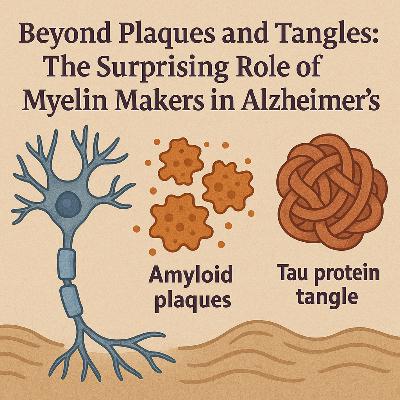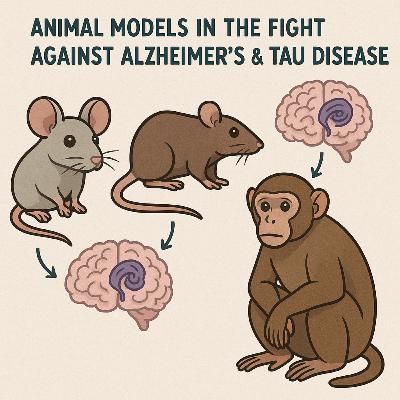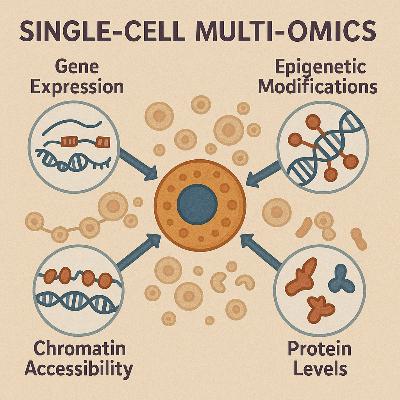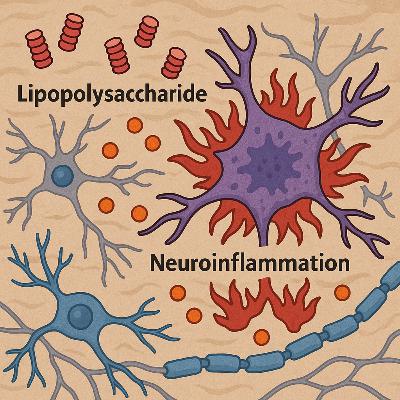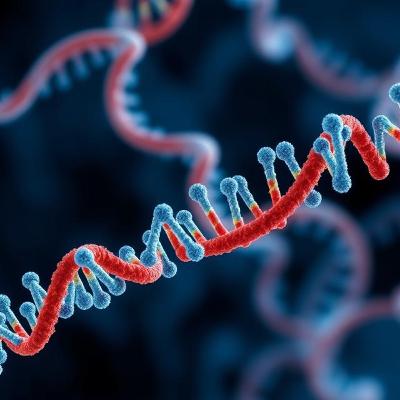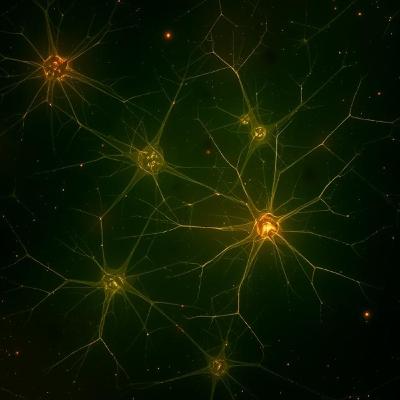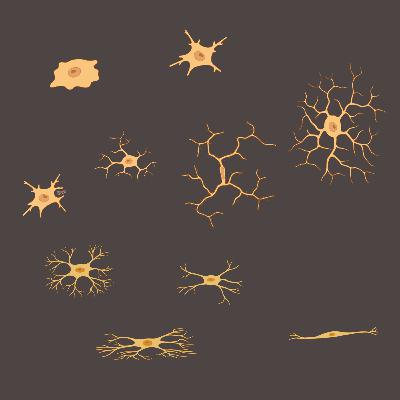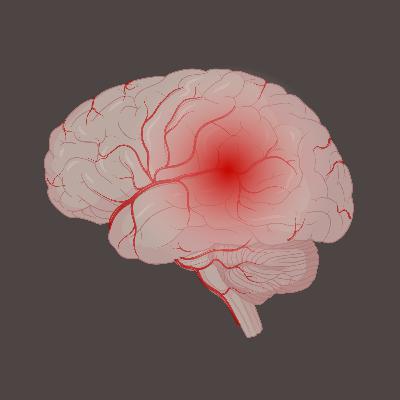Beyond Plaques and Tangles: The Surprising Role of Myelin Makers in Alzheimer's
Description
Despite the remarkable progress in elucidating the roles of microglia and astrocytes in AD, the exploration of oligodendrocytes, another major glial cell type, in the context of this neurodegenerative disorder remains in its nascent stages. Their involvement has been largely underappreciated and understudied, particularly when compared to their glial counterparts. Some researchers suggest that oligodendrocytes might represent a crucial, previously unidentified element in our comprehension of AD and related dementias. While traditionally recognized for their primary function in the production of myelin, the insulating sheath around nerve fibers, their other potential roles within the context of neurodegeneration have only recently begun to be extensively investigated.
Contrary to the long-held notion of oligodendrocytes as passive bystanders in the development and progression of AD pathology, emerging evidence strongly indicates their active participation in and reaction to both amyloid and tau pathology, the two primary hallmarks of the disease. This paradigm shift suggests that oligodendrocytes are not merely affected by the AD environment but actively contribute to its pathogenesis and progression. Recent research employing advanced techniques such as RNA sequencing and single-cell analysis has revealed that oligodendrocytes express genes and proteins associated with AD pathology, hinting at a more direct role in the disease than previously conceived. This report aims to review the recent advancements in understanding the multifaceted roles of oligodendrocytes and their myelin sheaths in the context of AD, thereby shedding light on their complex interactions within the intricate framework of the disease pathology.

